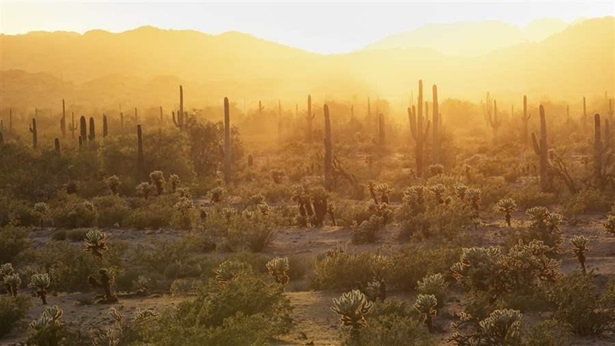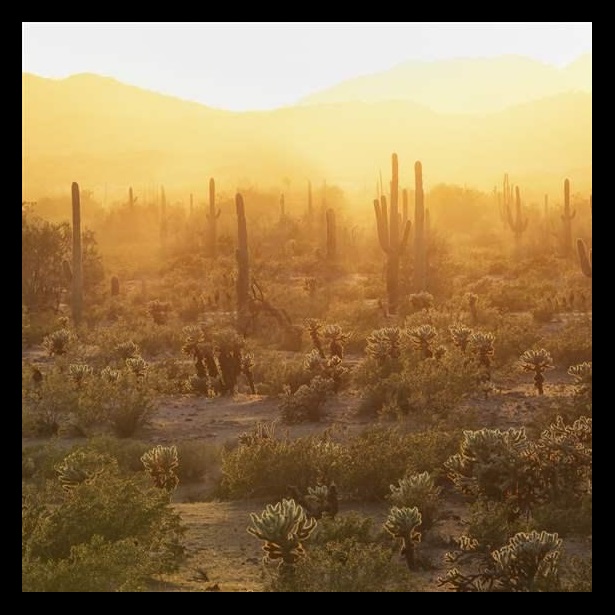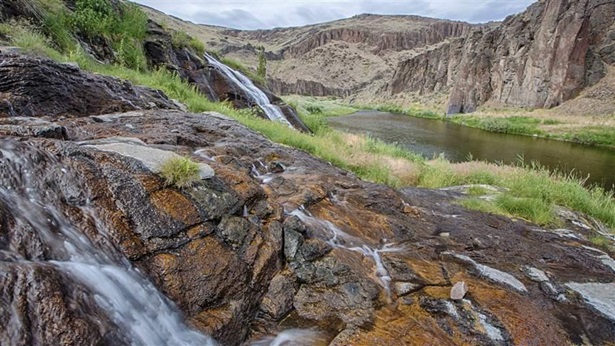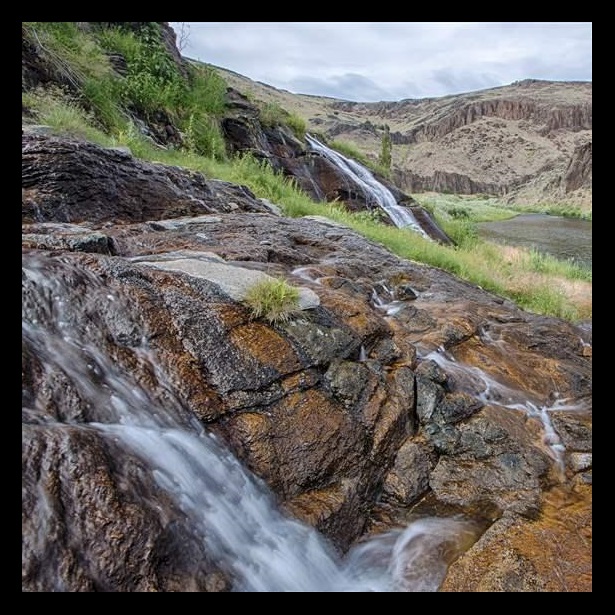Fast Facts About the BLM
What you need to know about the biggest caretaker of your land
Did you know the Bureau of Land Management does not own any land? Instead it manages it—public lands that belong to you and me. Across the United States, the BLM oversees 246 million acres, including many wild places in Alaska and Western states, for the use and enjoyment of all Americans.
Over 64 million Americans—more than 1 in 6—live within 100 miles of public lands managed by BLM. These lands provide outstanding opportunities for outdoor recreation, including hunting, angling, camping, hiking, boating, climbing, bicycling, photography, wildlife viewing, and many other activities.
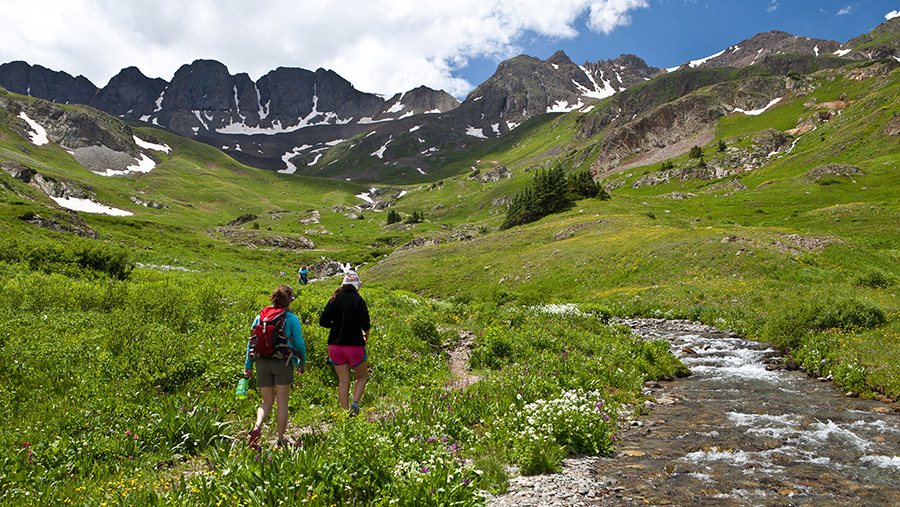 © BLM Colorado Flickr
© BLM Colorado FlickrThe Alpine Triangle Recreation Area features three of Colorado’s famed fourteeners and more than a dozen shorter peaks rising to nearly 13,000 feet. Its spectacular alpine tundra, wildflower displays, winding streams, and snowfields are in the rugged San Juan Mountains.
The wide open spaces are not just empty places. Our public lands contain priceless cultural, historical, archaeological, and paleontological resources, including some of the most significant evidence of human prehistory and history in Alaska and the West. More kinds of fossils can be found in BLM-managed areas than on any other federal or state land.
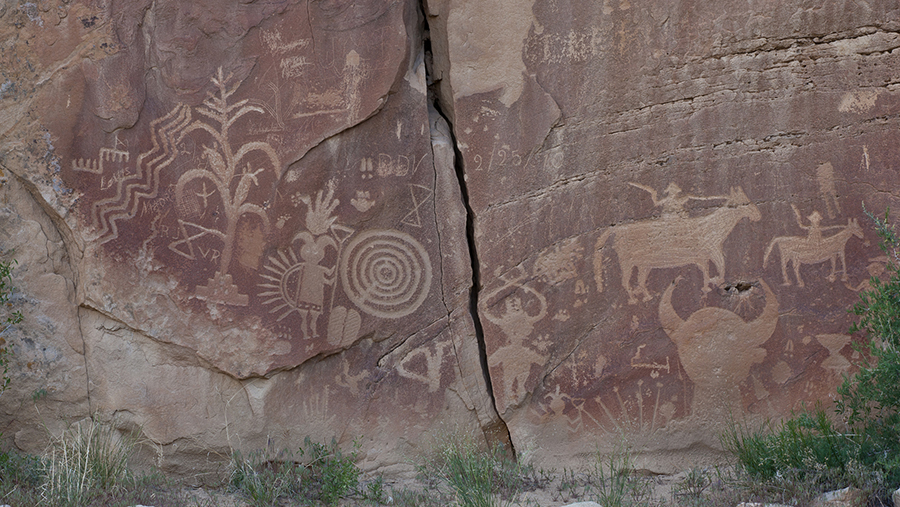 © BLM New Mexico
© BLM New MexicoThe Crow Canyon Petroglyph Site has the most extensive and well-known collection of 16th- to 18th-century Navajo rock art in the American Southwest.
The West is also full of wildlife. More than 3,000 species call BLM-managed lands home, including 245 that are listed as threatened or endangered. Additionally, BLM lands contain 800 rare plant species, including 450 that are found only here.
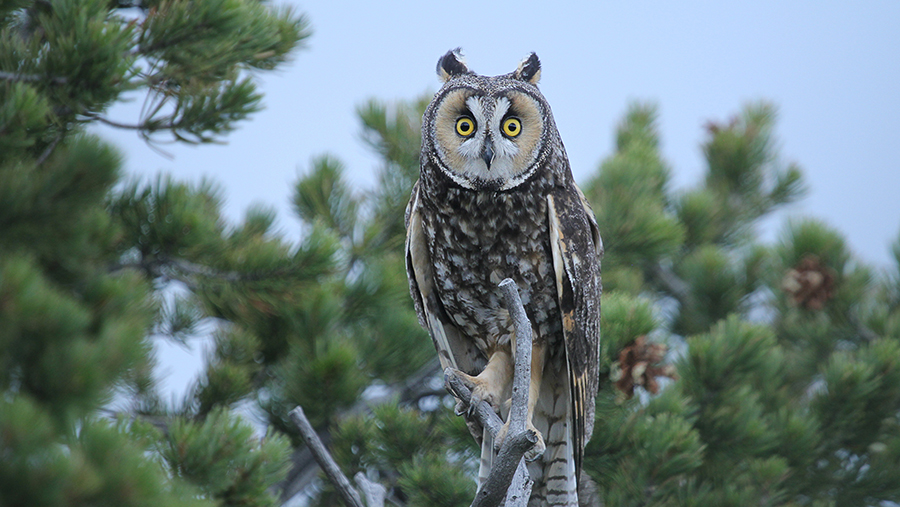 © Seth Topham/Utah BLM
© Seth Topham/Utah BLMThe long-eared owl is found year-round in the western U.S. This one is in the Books Cliffs mountain range in eastern Utah.
Alaska has the most BLM-managed land—72.2 million acres, including Birch Creek Wild and Scenic River—while Florida has the least at just 351 acres, including Jupiter Inlet Lighthouse Outstanding Natural Area. Twenty-four states have no BLM land.
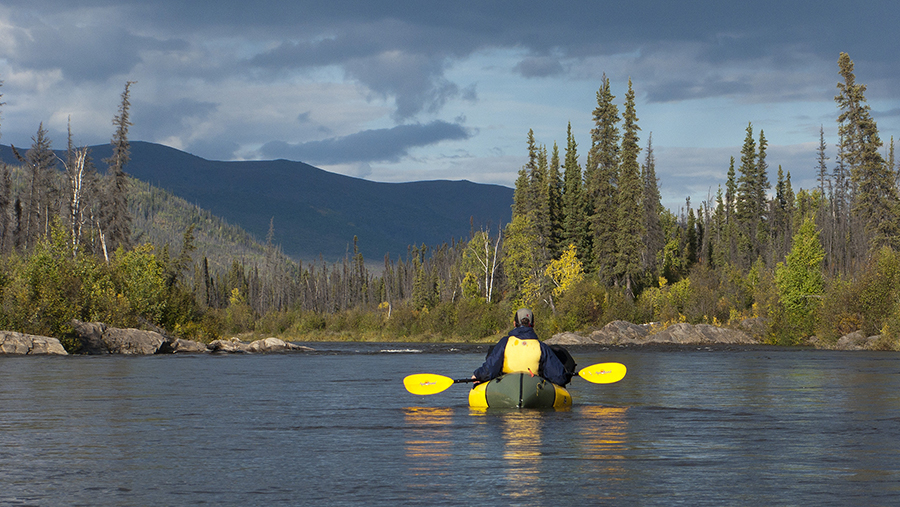 © Craig McCaa/Alaska BLM
© Craig McCaa/Alaska BLMA packrafter paddles down the Birch Creek Wild and Scenic River in Alaska’s Steese National Conservation Area.
The Federal Land Policy and Management Act of 1976 says our public lands must be managed “in a manner that will protect the quality of scientific, scenic, historical, ecological, environmental, air and atmospheric, water resource, and archeological values; that, where appropriate, will preserve and protect certain public lands in their natural condition; that will provide food and habitat for fish and wildlife and domestic animals; and that will provide for outdoor recreation and human occupancy and use.”
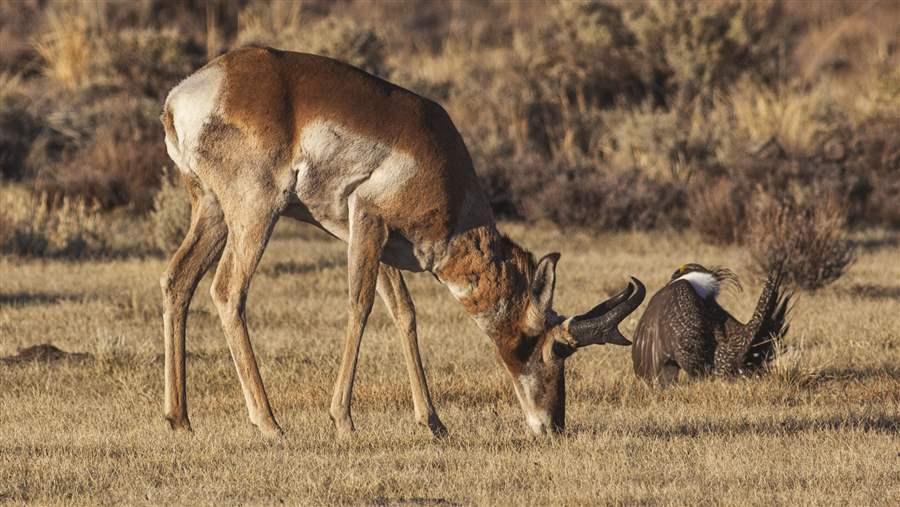 © Bob Wick
© Bob WickPronghorn and greater sage-grouse find common ground in California’s Bodie Hills.
Using resource management planning processes, the agency decides how it will manage the 246 million acres under its care. The process allows the public to weigh in on how the land should be used—for example, protected or developed—as the plans are written. This land is your land, and it is important to speak up for it.
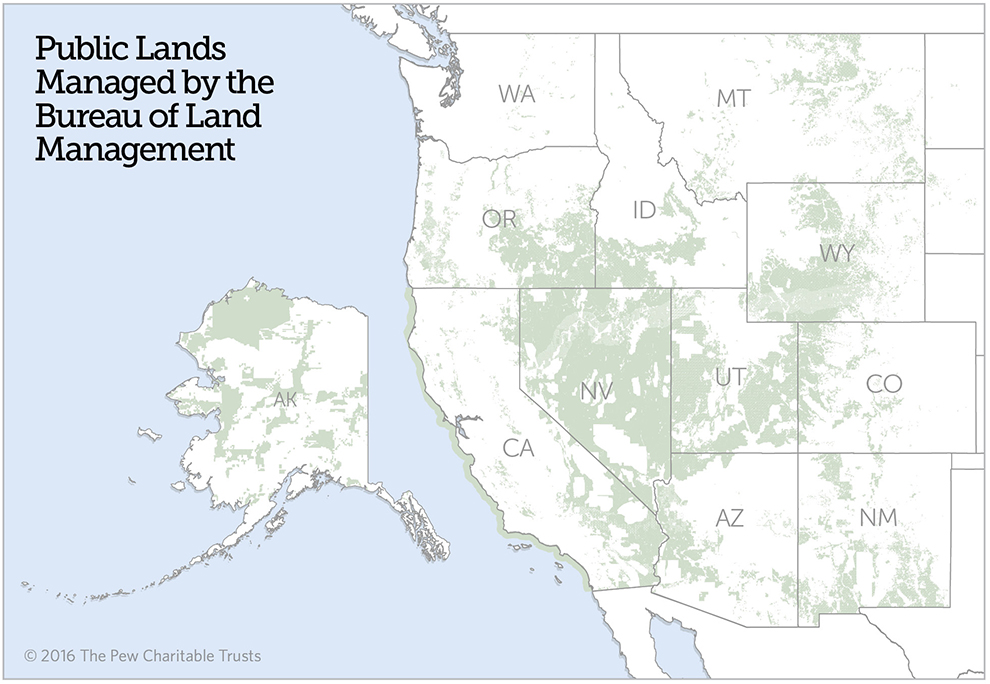
Ken Rait directs The Pew Charitable Trust’s western lands initiative.
